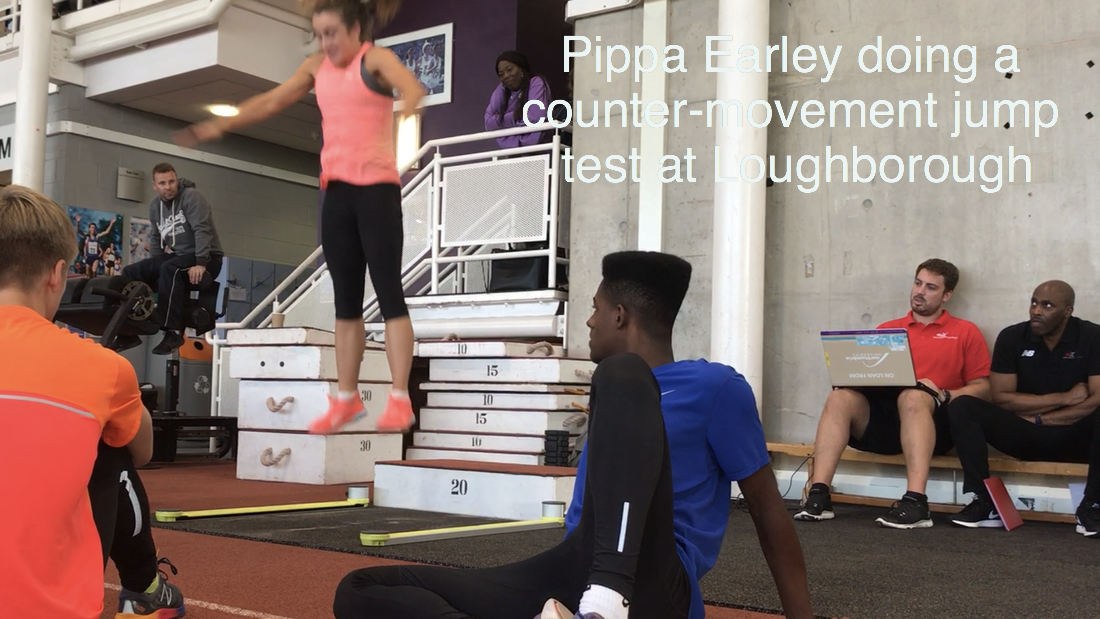|
A few weeks into the season and athletes are beginning to get fitter and are able to handle more specific and heavier loadings. Many coaches will implement a testing programme to analyse the progression of their athletes. I've not always been a great one to do tests, not because I don't believe in them, but more due to the fact that you've got to test the right qualities with the right tests and not just test for the sake of it. The athletes have also got to be able to perform the tests comfortably. When I say comfortably they have to have familiarity with the test, otherwise you're testing immediate learning of a skill, rather than the skill itself. Now there are tests which have a generic status such as standing long jumps and vertical jumps. These common tests don't require real prior preparation. However, athletes who have trained using these tests (or similar) are going to have an advantage. It's also likely that coaches and athletes will compare to the well-established norms that exist for these tests for comparison purposes. Be warned you may be thrown a little off the scent if you do this. How come? Well, what if one of the athletes you coach is not great at accelerating then in all likelihood they will not perform so well on standing start tests i.e. the standing long jump. Conversely you may have an athlete achieve a great distance, but then be left scratching your head as to why they can't actually long jump the distances you think they should be able to. The answer because they are unable to produce power in a short space of time at great speed as is needed for the long jump take-off. I believe it's therefore key for the coach to devise tests that work for his or her athletes and to even make these specific for each athlete. A long jumper will not necessarily have the same bounding ability as say a triple jumper. So a 20-metre bounding test may show that the long jumper is not as good as the triple jumper, even though the long jumper is elite. A better test for the long jumper (and indeed the triple jumper, plus the bounds test) may be speed over the last 10 metres of their run-up. The long jumper needs to be able to generate one high powered and very quick take-off the triple jumper three with minimum drop off in horizontal velocity. Too much bounding for a long jumper, in view of preparing for a bounding test, may therefore be counter-productive in that respect too, due to the slower ground contacts involved. One of my group - a triple jumper - needed to improve on his hop, we therefore began to work on this using what would become a test. This involved the aforementioned 20 metres bounding, but one of the 'tests' was 2 hops and 2 bounds, this places the jumper onto their same hopping leg, thus allowing him to really work on the rotation of the hop and a transference onto the step phase. Over time the number of bounds (and hops) needed to complete the 20m distance reduced. Note we did increase the run on as the season neared and reduced the distance for the hops and bounds to 15m, making the test even more specific. This specificity is also important and the 'bringing along of the athlete's readiness' for the test so that they can optimally and safely perform it. To sum up then I believe it is very important to assess and understand just what you want to achieve when testing in particular training mature athletes. The tests also need to be learned by the athletes and they should have the required skill to perform them, they also need to evolve and be related to the time in the training year. LONG & TRIPLE JUMP MASTERCLASS - this Nov I will be running a long jump master class with coach Tony Gain on Sunday the 19th November for long and triple jumpers and coaches interested between 12.30-2.30PM. Details below, if you wish to book a place please send an email to [email protected]
Click to set custom HTML
0 Comments
Your comment will be posted after it is approved.
Leave a Reply. |
Categories
All
Click to set custom HTML
|
Proudly powered by Weebly



 RSS Feed
RSS Feed
